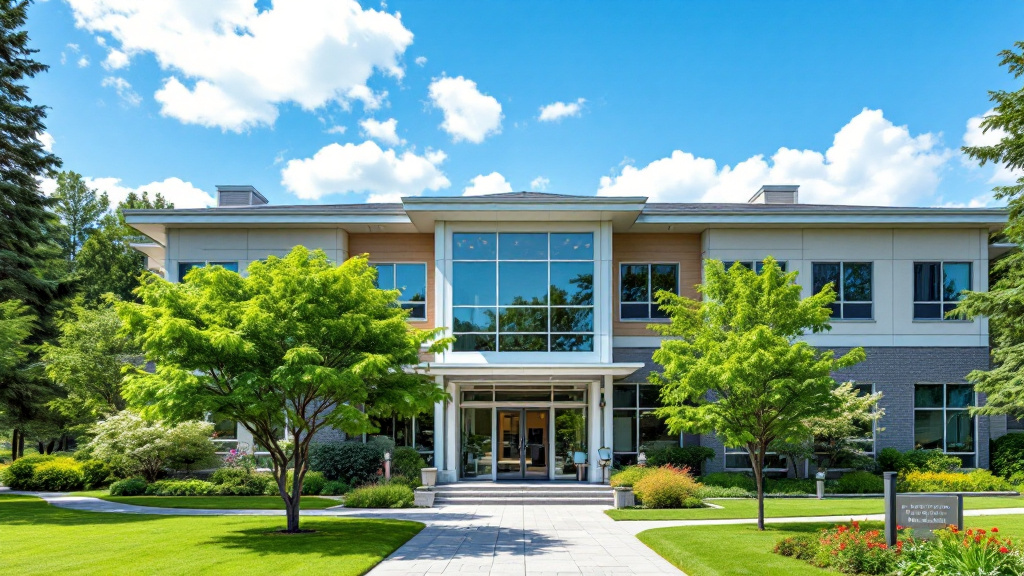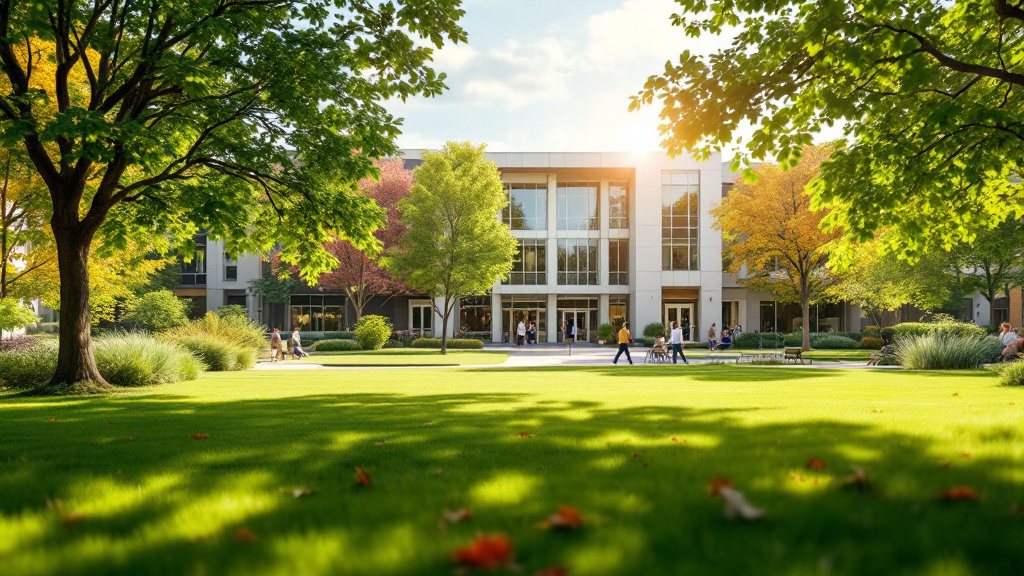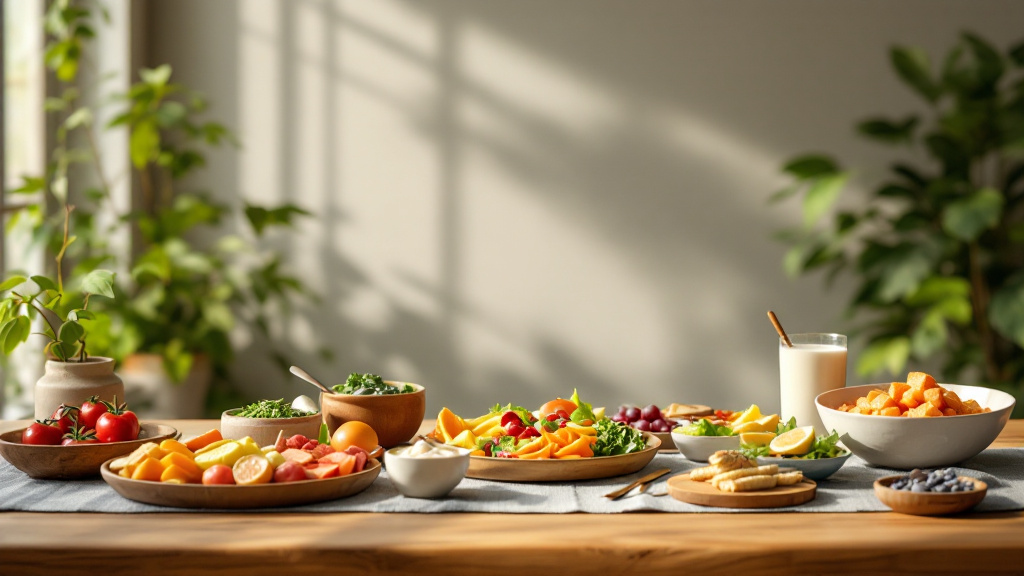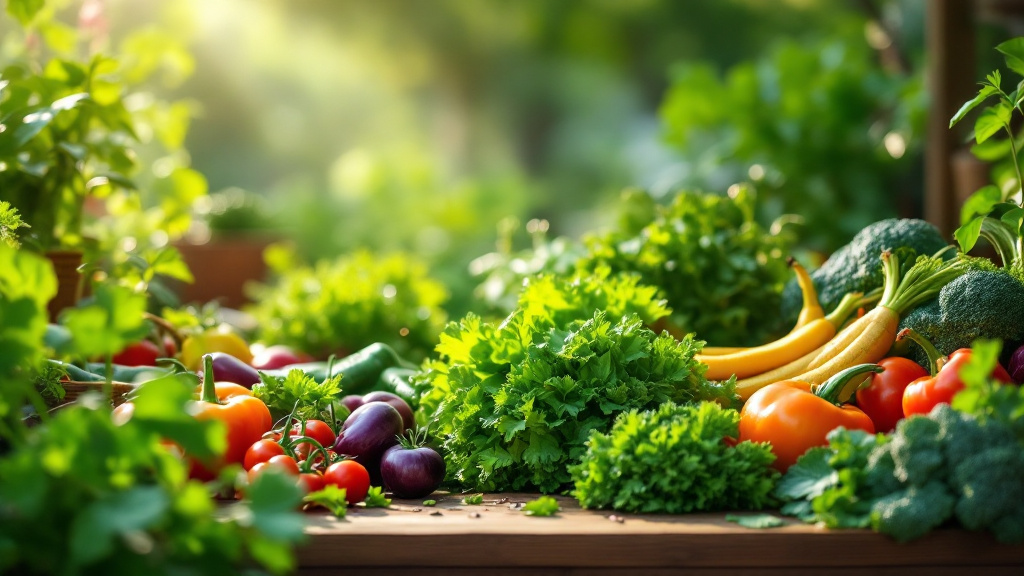Snack Options for Elderly Residents
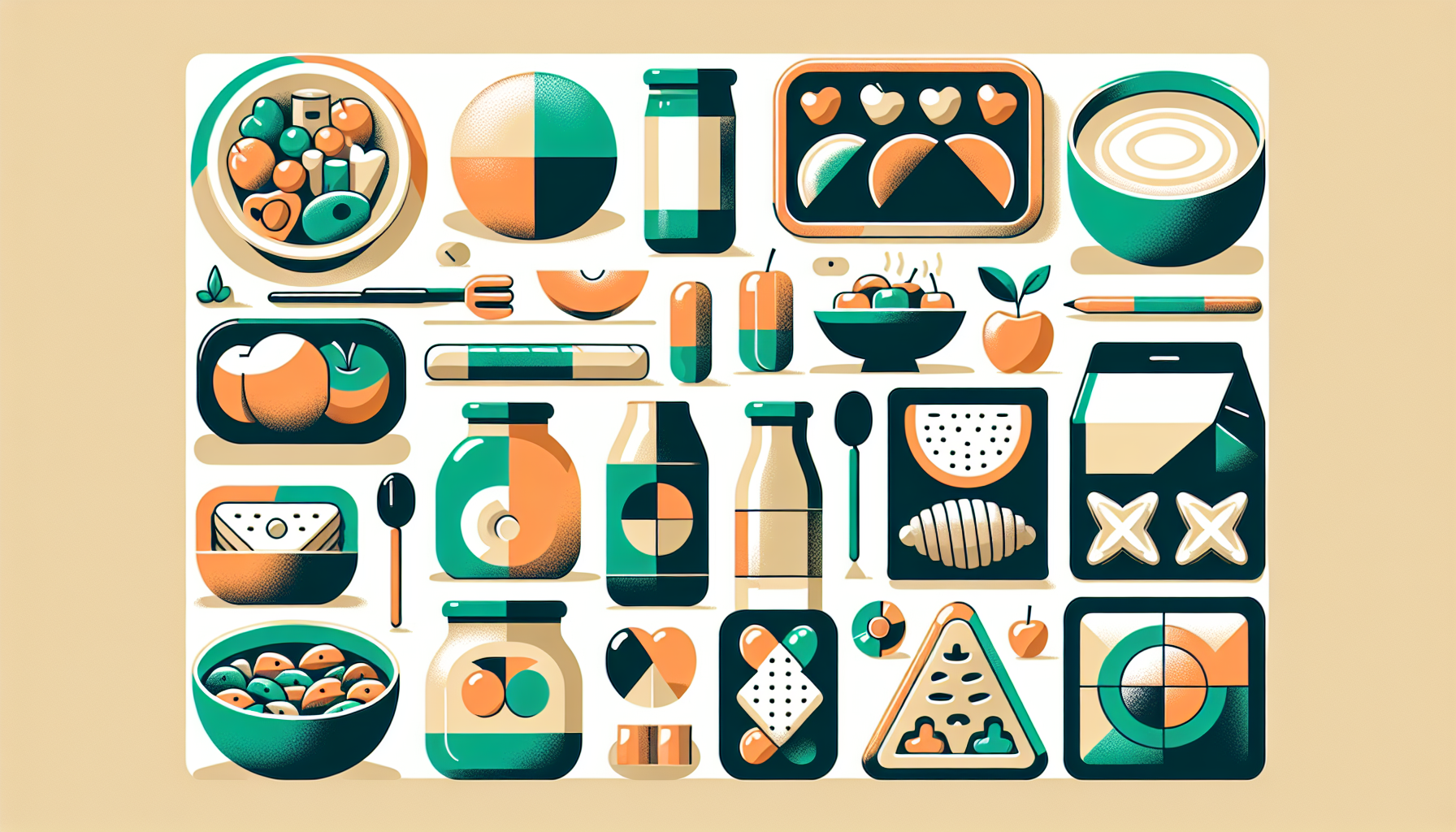
Nutritional Needs for Elderly
Understanding the nutritional requirements for elderly individuals is essential for maintaining their health and wellbeing. As people age, their bodies experience different changes that can impact their nutritional needs.
Metabolism Changes with Age
As individuals grow older, their metabolism tends to slow down. This can be attributed to a decrease in muscle mass and changes in hormonal levels. Consequently, elderly individuals may not require as many calories as they did in their younger years. However, their need for certain nutrients increases. It's crucial to focus on nutrient-dense foods to meet these heightened requirements while managing caloric intake effectively.
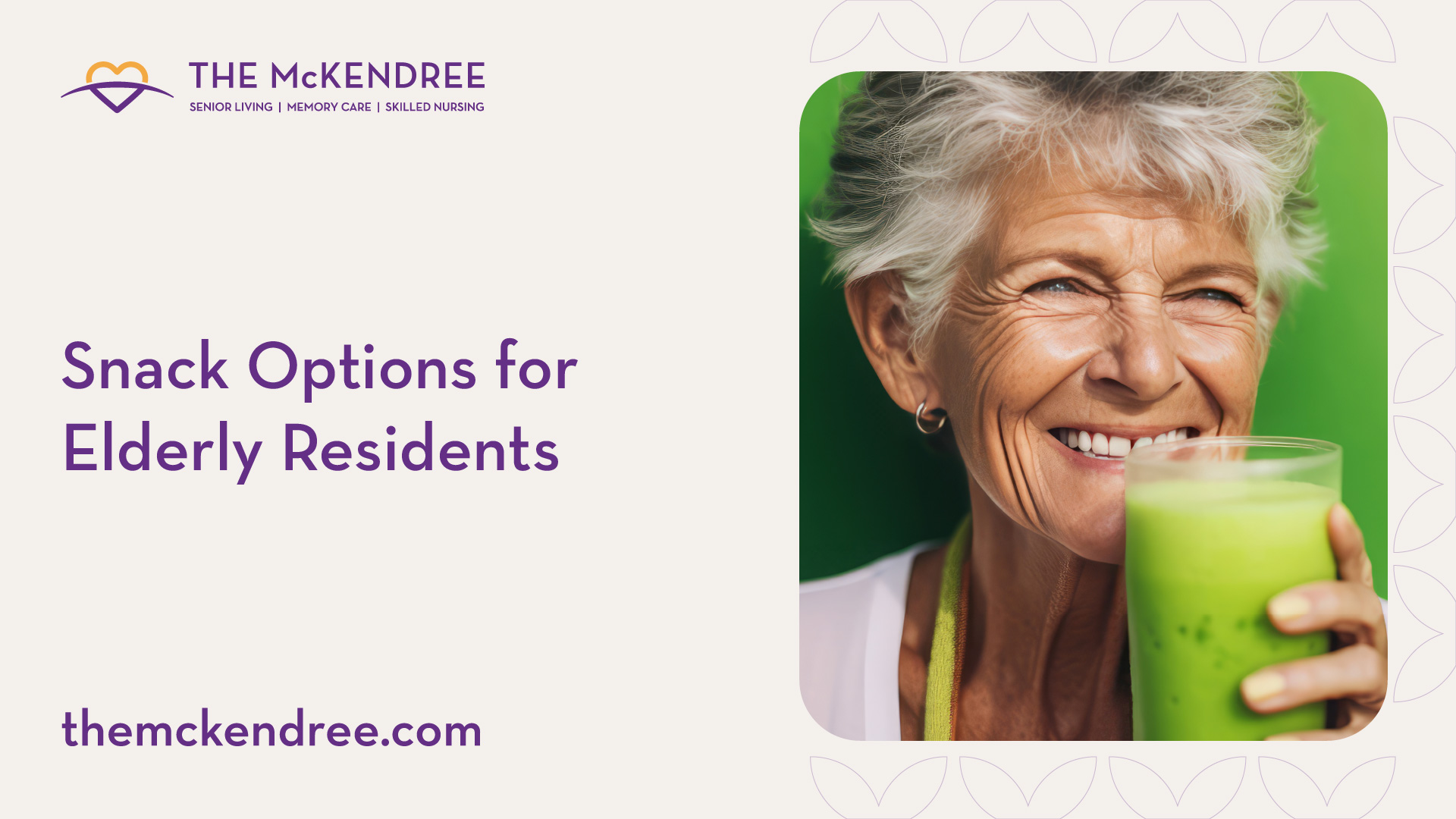
Factors contributing to reduced food intake in older adults include sensory impairments, hormonal changes, alterations in gastrointestinal tract function, and oral health issues. Nearly 20-30% of elderly individuals suffer from anorexia, a condition that significantly contributes to frailty.
Common Health Conditions
Older adults are often at risk for various health conditions, influencing their dietary needs. Common issues may include:
Health ConditionNutritional ImpactSwallowing DifficultiesChallenges in consuming hard-textured foods; soft options are beneficial. (Meal Village)Dental IssuesDifficulty chewing can lead to reduced food intake and nutrient deficiencies.Neurological DisordersMay affect appetite and the ability to eat independently.Jaw PainCan make it hard to chew, requiring soft food alternatives.Weight LossAffects overall health and can lead to increased frailty.
These health conditions necessitate careful planning of meals, including snack options for elderly residents, to ensure that the dietary patterns support their overall health. Adequate protein intake is particularly important, as about 30% of seniors are sarcopenic, indicating muscle loss [1]. Identifying suitable, easy-to-manage snacks is vital for encouraging healthy eating habits and ensuring that elderly individuals maintain their nutritional intake.
Importance of Protein
Protein plays a vital role in the health and well-being of elderly individuals. It is essential for muscle maintenance, bone health, and overall vitality.
Role of Protein for Muscle Health
As people age, they may experience a natural decline in muscle mass, known as sarcopenia. Approximately 30% of individuals aged 60 and above are sarcopenic, making adequate protein intake increasingly important. Protein is crucial for building and maintaining healthy muscles. Consuming sufficient protein not only helps to stimulate muscle protein synthesis but also reduces the risk of falls and fractures, which can result from muscle loss [1]. It is recommended that older adults spread their protein intake evenly throughout the day and start meals with the protein portion if appetite is low.
Protein-Rich Foods for Seniors
When considering snack options for elderly residents, incorporating protein-rich foods can greatly benefit their nutrition. Quality sources of protein include various meats, fish, eggs, dairy products, soy, beans, nuts, and seeds. Here are some protein-rich foods suitable for seniors:
Food ItemProtein Content (g) per ServingChicken (3 oz)27Turkey (3 oz)26Fish (3 oz)22Tofu (1/2 cup)20Eggs (1 large)6Greek Yogurt (1 cup)20Almonds (1 oz)6
Incorporating these protein-rich options into snack choices can enhance the dietary intake of older adults. For more insights into maintaining healthy eating habits, explore topics such as farm-to-table dining for elderly residents and addressing appetite loss in aging adults. Ensuring seniors receive adequate protein through their diet is crucial for their muscle health and overall quality of life.
Fiber and Digestive Health
Maintaining good digestive health is essential for seniors. One of the key components to achieving this is fiber, which plays a significant role in promoting regular bowel movements and preventing constipation. This section discusses the benefits of fiber for older adults and provides examples of fiber-rich foods suitable for their diets.
Benefits of Fiber for Seniors
Fiber offers numerous health benefits, especially for the elderly. It aids digestion by adding bulk to the stool, helping it pass through the intestines more easily. Additionally, fiber can assist in maintaining a healthy weight and lowering cholesterol levels. This is particularly important for elderly individuals who may be managing common health conditions.
Incorporating an adequate amount of fiber in their diet can help seniors experience:
Fiber-Rich Foods for Elderly Diets
For seniors looking to increase their fiber intake, incorporating certain foods into their diet can be very beneficial. Below is a table displaying common fiber-rich foods, their serving sizes, and approximate fiber content.
Food ItemServing SizeFiber Content (g)Berries1 cup8Avocado1 medium10Sweet Potatoes1 medium4Oatmeal1 cup cooked4Lentils1 cup cooked15Chia Seeds1 ounce11Broccoli1 cup cooked5Apples (with skin)1 medium4
Seniors should consider incorporating these foods into their snacks and meals. For example, they can enjoy oatmeal topped with berries for breakfast, or include lentils in soups and stews, providing both fiber and protein.
When planning snack options for elderly residents, it's essential to keep in mind:
For more information on how to address appetite loss, explore our article on addressing appetite loss in aging adults. Incorporating fiber-rich foods into the diet can greatly improve digestive health for elderly individuals, making snack options both nutritious and beneficial.
Key Micronutrients
Understanding the importance of micronutrients in the diets of elderly residents is crucial for maintaining overall health. Two key micronutrients that are particularly important are Vitamin B12 and calcium.
Vitamin B12 and Its Importance
Vitamin B12 plays a significant role in maintaining proper brain function, nerve health, and the production of red blood cells. Deficiency in this essential vitamin can lead to serious health issues, including megaloblastic anemia and impaired cognitive abilities. This deficiency is especially common in vegetarians, vegans, and older adults, with studies indicating that up to 80-90% of vegetarians and vegans may experience a deficiency in Vitamin B12 [3].
Recommended daily intake of Vitamin B12 for elderly individuals is about 2.4 micrograms, although some may require supplementation to meet their nutritional needs. Snack options that can help seniors maintain adequate Vitamin B12 levels include:
Food ItemB12 Content (mcg per serving)Fortified cereals6.0 - 12.0Yogurt1.0 - 1.6Fish (salmon, trout)4.5 - 9.0Beef liver70.0Eggs0.6
Incorporating these foods into snacks can assist in preventing deficiency.
Calcium and Bone Health
Calcium is vital for maintaining bone health, particularly in elderly individuals who are at a higher risk for osteoporosis. Insufficient intake of calcium can lead to weakened bones, increasing the likelihood of fractures later in life [3].
The recommended daily intake of calcium for older adults is between 1000–1200 mg. Together with vitamin D, calcium helps to enhance absorption and improve bone density. Snack options rich in calcium include:
Food ItemCalcium Content (mg per serving)Low-fat yogurt300Almonds76Leafy greens (kale, spinach)100 - 250Fortified plant-based milk200 - 300Cheese (cheddar, mozzarella)200 - 300
Encouraging the intake of calcium-rich snacks can help counteract deficiencies and support bone health in elderly residents. For further insight into addressing nutritional needs, explore options like farm-to-table dining for elderly residents and strategies for addressing appetite loss in aging adults.
Snack Options for Elderly Residents
Selecting the right snacks for elderly residents is crucial for maintaining energy levels, meeting nutritional needs, and ensuring overall health. It is essential to consider both texture and nutrient density when planning snack options.
Soft Food Choices
For many elderly individuals, particularly those experiencing swallowing difficulties, dental issues, or other health conditions, soft food options can be ideal. These foods are easier to chew and swallow, making them a safe choice for those with specific challenges.
Popular soft food options include:
The following table outlines common soft food choices and their benefits:
Soft Food OptionBenefitsPureed FoodsEasy to swallow, customizable to diet needsCreamed SoupsProvides warmth and hydrationYogurtGood source of protein and probioticsCooked VegetablesNutrient-rich, easy to digestSmoothiesVersatile, can include various healthy ingredients
For more information on meal options that cater to specific needs, consider exploring dysphagia-friendly meal options in senior care.
Easy Nutrient-Dense Snacks
Nutrition is vital for elderly residents, and snack options should be nutrient-dense to help meet dietary requirements. Easy-to-prepare snacks can simplify the process while ensuring residents receive valuable nutrients.
Some nutrient-dense snacks include:
The following table summarizes these easy nutrient-dense snacks:
Snack OptionNutritional BenefitsMixed NutsHealthy fats, proteinString CheeseCalcium and proteinHard-Boiled EggsHigh in proteinAvocado ToastHealthy fats, fiberBerriesRich in fiber and antioxidants
For more ideas on snacks that boost senior health, visit our article on supplements for boosting senior health.
Creating a snack plan that includes both soft food options and nutrient-dense selections can greatly enhance the quality of life for elderly residents, ensuring they receive necessary nourishment while considering their dietary preferences and limitations.
Addressing Nutrient Deficiencies
As individuals age, addressing nutrient deficiencies becomes essential for maintaining overall health. Two crucial nutrients to be mindful of are zinc and iron, which play significant roles in immune function and anemia prevention, respectively.
Zinc and Immune Function
Zinc deficiency is common among the elderly and can result in weakened immunity and an increased susceptibility to infections. Factors contributing to low serum zinc levels include dietary intake, intrinsic factors, and impaired absorption. Ensuring that elderly residents receive adequate zinc is vital, as it supports various cellular functions in the immune system.
To help meet the zinc needs of elderly individuals, here are some good dietary sources:
Zinc-Rich FoodZinc Content (mg per serving)Oysters74Beef7Pumpkin Seeds2.2Lentils0.9Chickpeas1.3
Incorporating these foods into snack options can help elderly residents maintain sufficient zinc levels. Simple snacks like pumpkin seed trail mix or a small portion of hummus with veggies can increase zinc intake effectively.
Iron and Anemia Prevention
Iron deficiency is notably prevalent among the elderly and often leads to anemia. Research indicates that individuals over 60 years old frequently have iron intakes below 50% of the recommended levels. Factors like decreased food intake, gastrointestinal malabsorption, and occult bleeding contribute to this deficiency [4].
To help prevent iron deficiency and maintain healthy iron levels, it is essential to incorporate iron-rich foods into the diet. Here are some key iron sources:
Iron-Rich FoodIron Content (mg per serving)Red Meat2.7Spinach6.4 (cooked)Fortified Cereals18Tofu3.5Lentils3.3
Snacks like spinach dip with whole grain crackers or a small serving of fortified cereal with milk can effectively boost iron intake. Addressing iron levels through suitable snack options contributes to anemia prevention and enhances overall well-being.
Incorporating snack options for elderly residents that focus on addressing zinc and iron deficiencies is essential in promoting their health and aiding their immune systems.



.jpg)







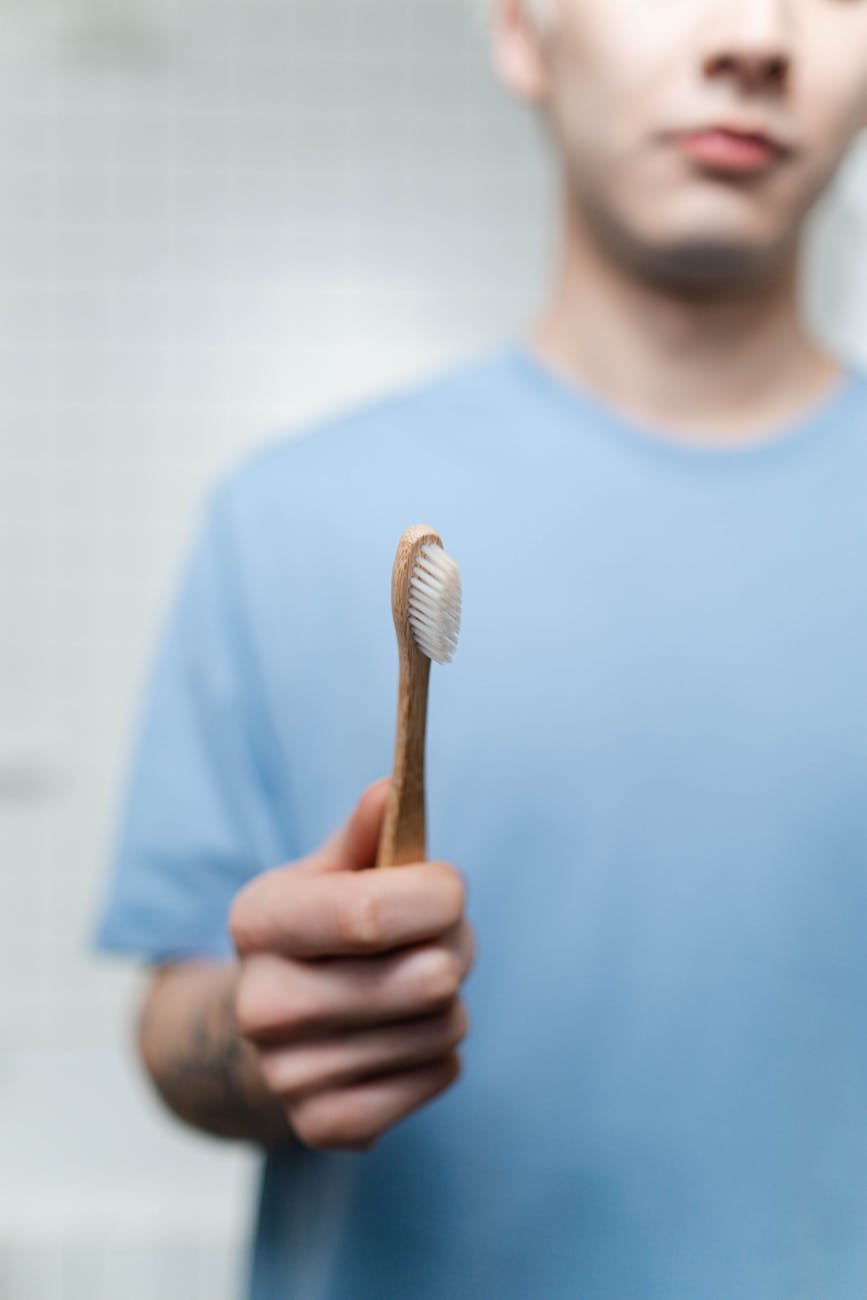
.jpg)





.jpg)
.jpg)
.jpg)
.jpg)
.jpg)
.jpg)
.jpg)
.jpg)
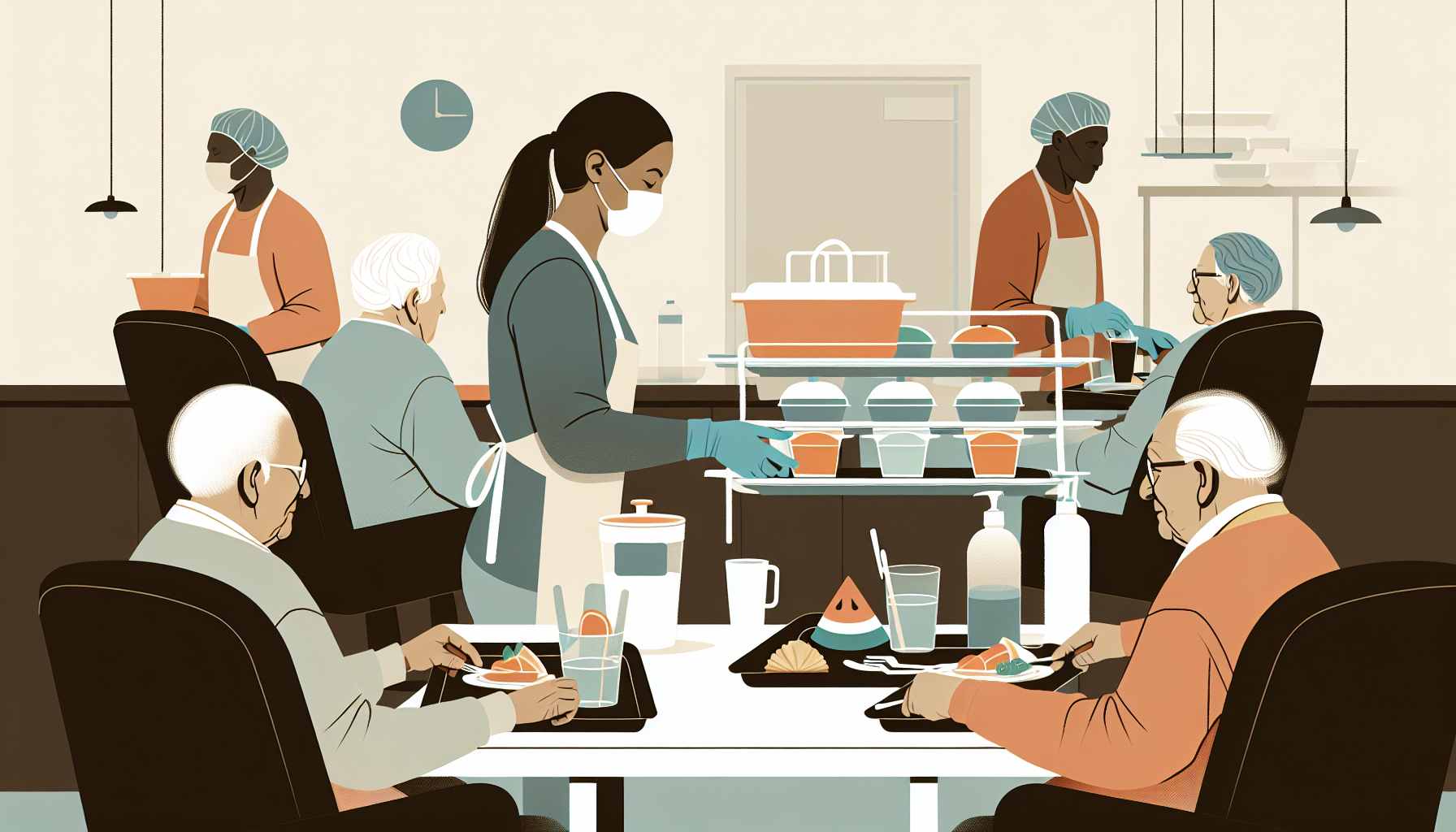

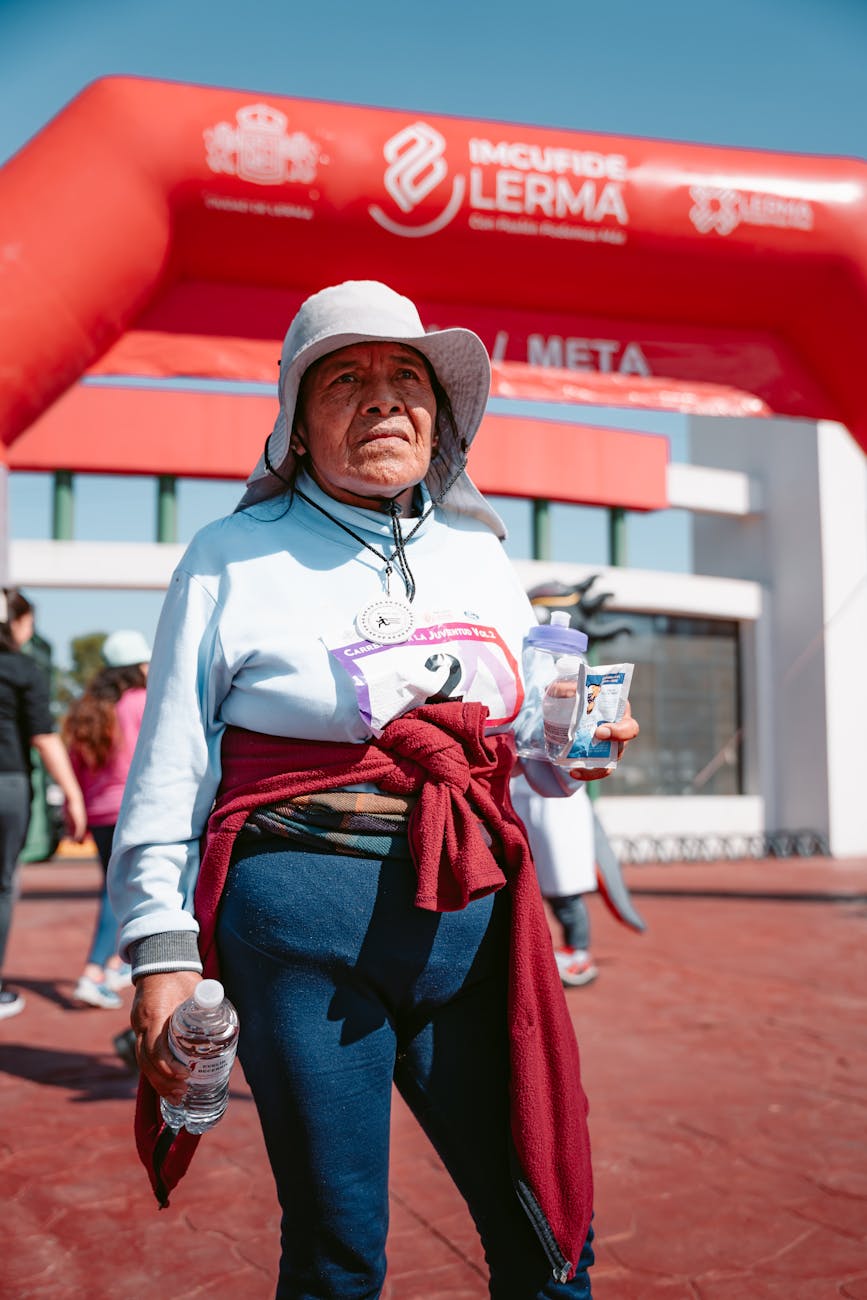
.jpg)

.jpg)
.jpg)
.jpg)
.jpg)


.jpg)
.jpg)
.jpg)
.jpg)

.jpg)
.jpg)
.jpg)


.jpg)










.jpg)
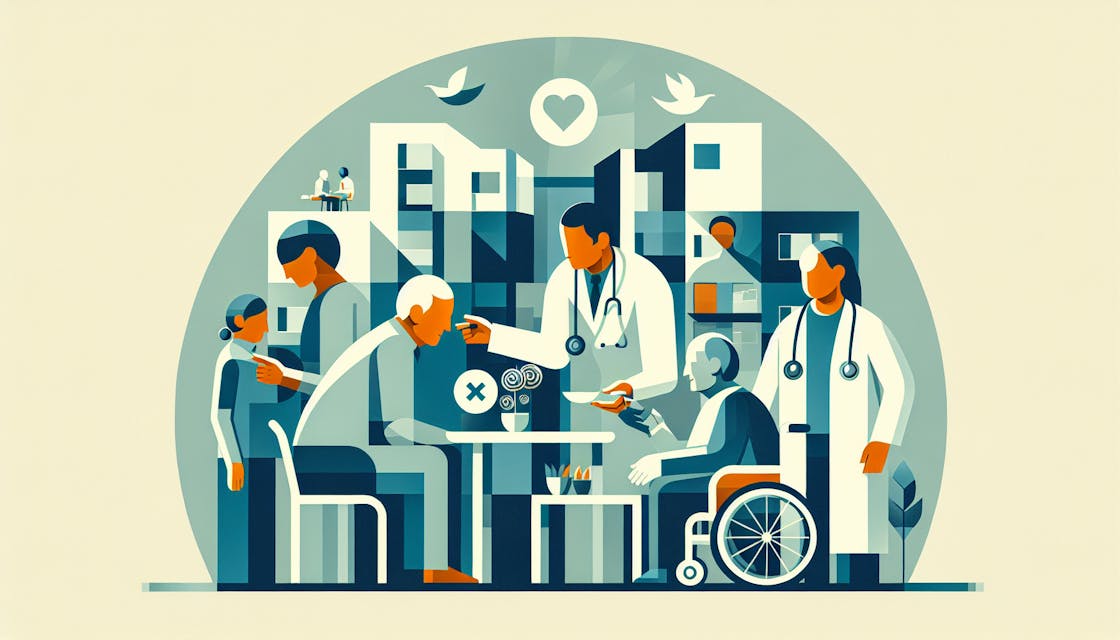



.jpg)
.jpg)


















